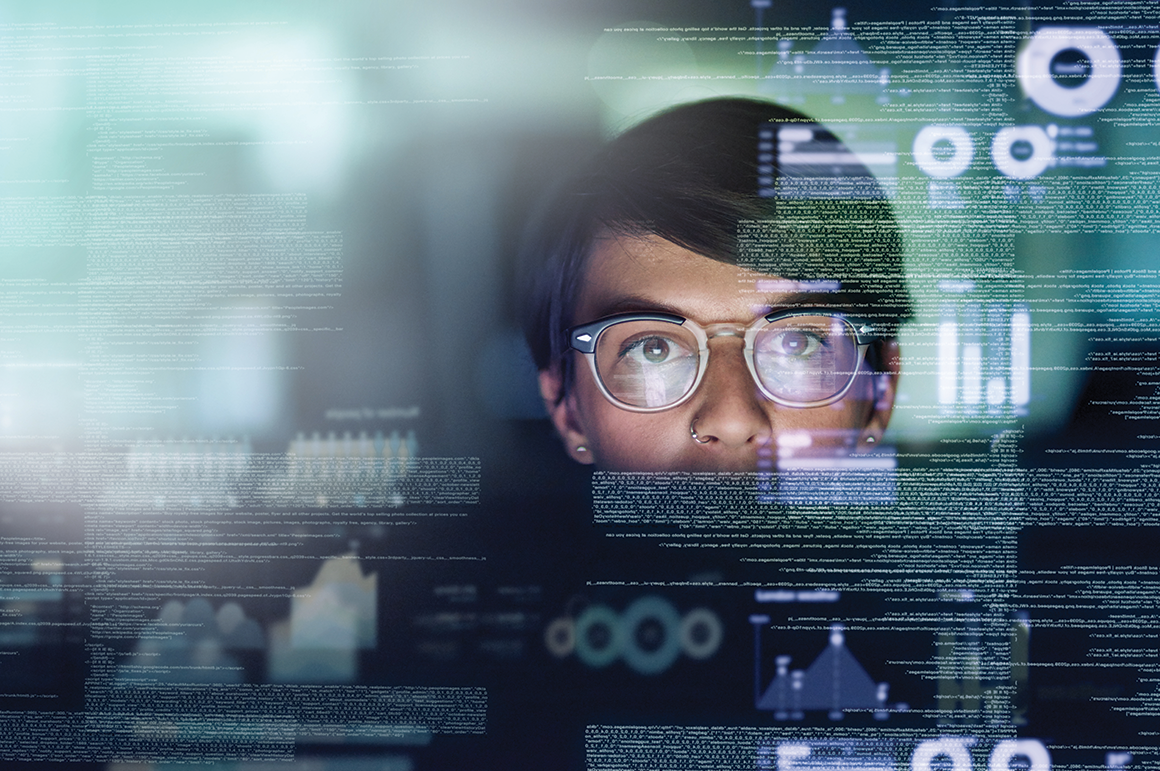

Artificial intelligence derives its power from the information it is fed. Access to sources of information, or data, is fundamental to the development of new artificial intelligence applications. In most cases, however, this access is not free. Developers have to ask themselves some questions: who owns this information, who can access it and what can be done with it?
These questions are not intended to hinder innovation; they are rather intended to protect the public and creators who lend their talents to the development of new technologies.
Centuries ago, the German philosopher Immanuel Kant put forward three major questions relating to human knowledge. We can apply them to AI as a basis for our reflection.
1. What does AI have the right to know?
The value of information
To train an AI system, it must be provided with relevant information.
The challenge is to find enough properly organized, error-free information in a format that can be processed.
This is why the work of data analysts is so important and has such a high economic value.
Intellectual property rights on data
Copyright is the form of intellectual property that protects data compilation, organization and formatting. In order for copyright to exist, the automatic collection of information is not enough. Rights are acquired when the compilation is “created” through the exercise of human talent and judgment[1].
Compilers create datasets and sometimes make them available on the internet. The fact that such datasets are available online doesn’t mean that their use is unrestricted. Since they are protected by copyright, they can only be copied to the extent permitted by the compilers.
For example, academic researchers often make datasets available to the public, but only for non-commercial purposes. Downloading such datasets is usually conditional on the acceptance of a very restrictive contract that governs what use can be made of the data.
Some private companies such as Google or Reuters sell datasets or try to build large datasets to feed the tech they develop. In this case as well, contracts define what use AI can make of this data.
Personal information
Although some of the datasets compiled are of a technical nature, others may contain very sensitive personal information, such as medical or financial data.
This information is therefore subject to privacy laws, which impose significant constraints on disclosure to third parties. Unless the consent of the persons concerned is obtained, this information generally cannot be used to train AI systems for purposes other than the purpose for which the information was collected in the first place. In addition, all consent must be free and informed, implying that the persons in question must have a clear understanding of how the collected data will be used.
Accordingly, AI application developers must proceed with caution and respect the work of those who compile the datasets, and, where appropriate, the privacy of the persons whose information was used to compile them.
2. What must AI do?
What should artificial intelligence do with the information that was used to train it and the information it collects when operating?
Discrimination and ethical issues
Artificial intelligence should never be used for purposes that violate human rights and freedoms, including those that result in some form of discrimination. This problem could arise depending on the datasets used, which may reproduce certain prejudices present in our society without the compilers even knowing.
Confidentiality and harm to others
It goes without saying that artificial intelligence must not cause harm to others, for example by unlawfully disclosing personal information to third parties. Should this situation occur, the owner of an artificial intelligence system could be held accountable.
Methods to adopt
Although many types of neural networks operate in a relatively opaque manner, methods that allow a better understanding of their internal operation are emerging[2]. European authorities have started to adopt laws and regulations to promote a certain level of algorithmic transparency, and other countries may follow suit.
Operational parameters should vary according to the intended use of the artificial intelligence application. While in some cases the goal of the AI application is simply to make processes more efficient, other situations require clearer parameters, especially when privacy is a major issue.
3. What can we hope to gain from AI?
We can hope that artificial intelligence will lead to more accurate medical diagnoses, better access to justice, optimized use of manufacturing resources, energy savings, and other benefits to society.
We should also hope that these goals will be achieved in the full respect of the work of those who compile the datasets used to train systems and the privacy of the persons whose information was used. Only then will these technological advances constitute real progress.
About the Author
Eric Lavallée is a lawyer and trademark agent in the Business Law group and heads the Lavery Legal Lab on Artificial Intelligence (L3IA).
As a result of his extensive experience in intellectual property (patents, trademarks and software protection), Mr. Lavallée has taken a special interest in developments related to artificial intelligence over the past few years.
As a lawyer, Mr. Lavallée is regularly called upon to assist businesses of all sizes, from start-ups to large corporations, in drafting licensing agreements and business contracts in high technology as well as implementing protection and due diligence strategies for intellectual property needs.
He has developed leading-edge expertise in the analysis of the legal impact of the application and implementation of artificial intelligence in sectors related to his law practice, namely privacy protection, corporate governance and business law.
[1] See, in particular, Geophysical Service Incorporated v Encana Corporation, 2016 ABQB 230.
[2] See, in particular, Graves, Alex, Greg Wayne, and Ivo Danihelka. Neural Turing Machines. arXiv:1410.5401 [cs.NE], 2014.
The opinions expressed in this post are those of the author and do not necessarily reflect those of the Chamber of Commerce of Metropolitan Montreal. As a result, the Chamber cannot be held responsible for published content.